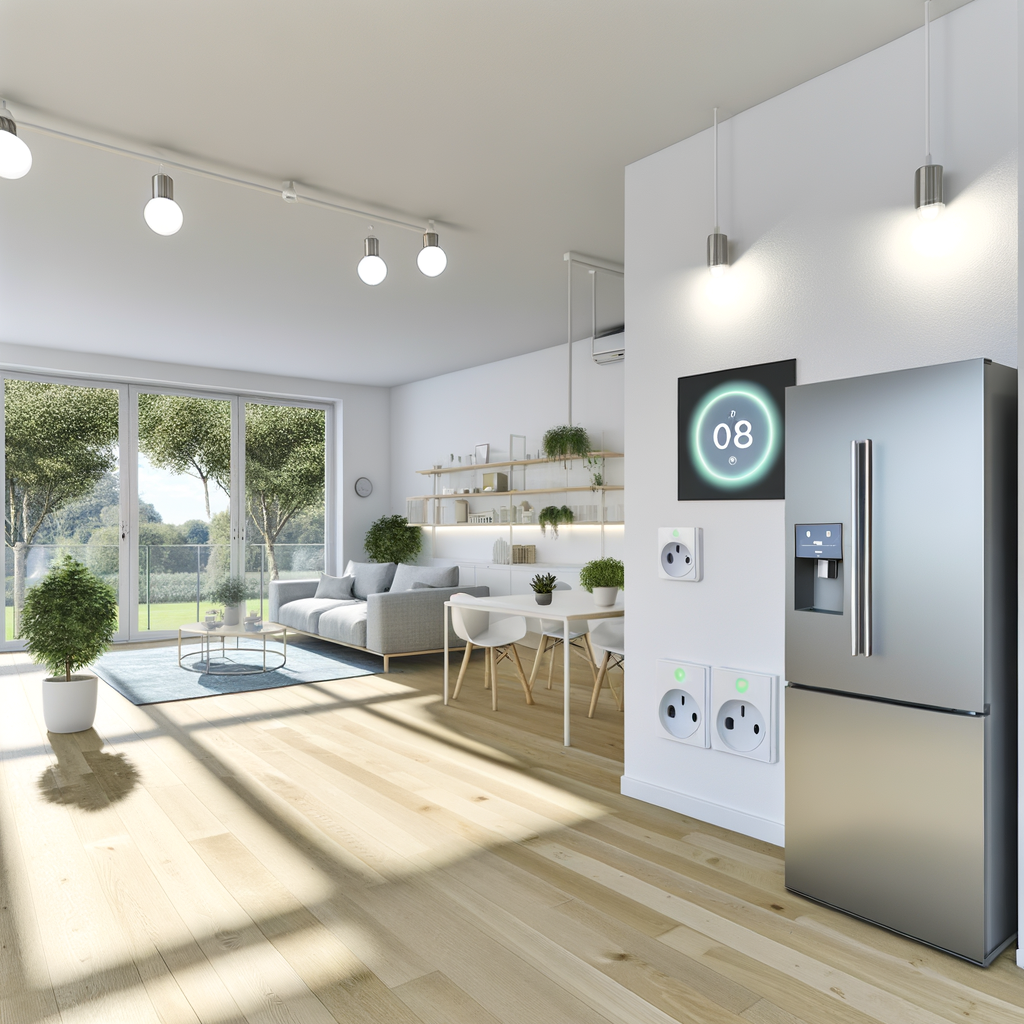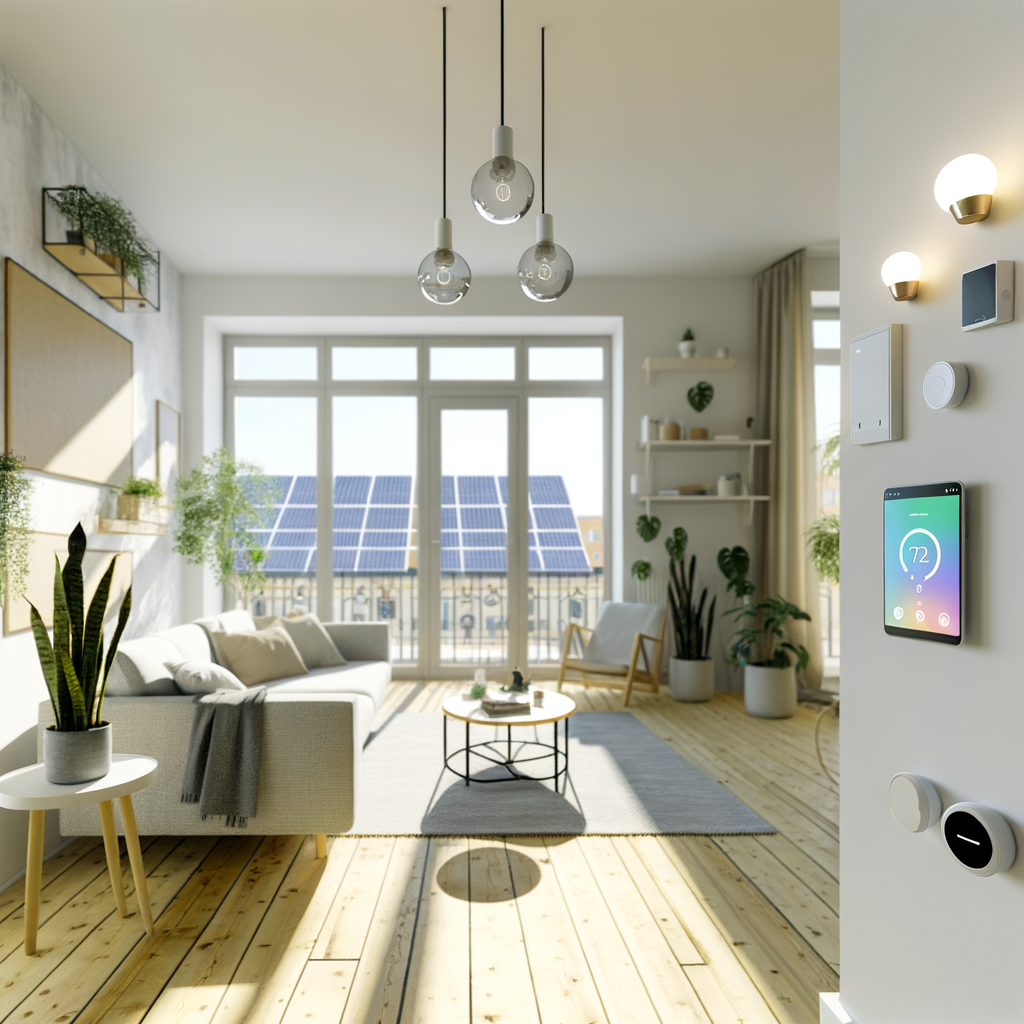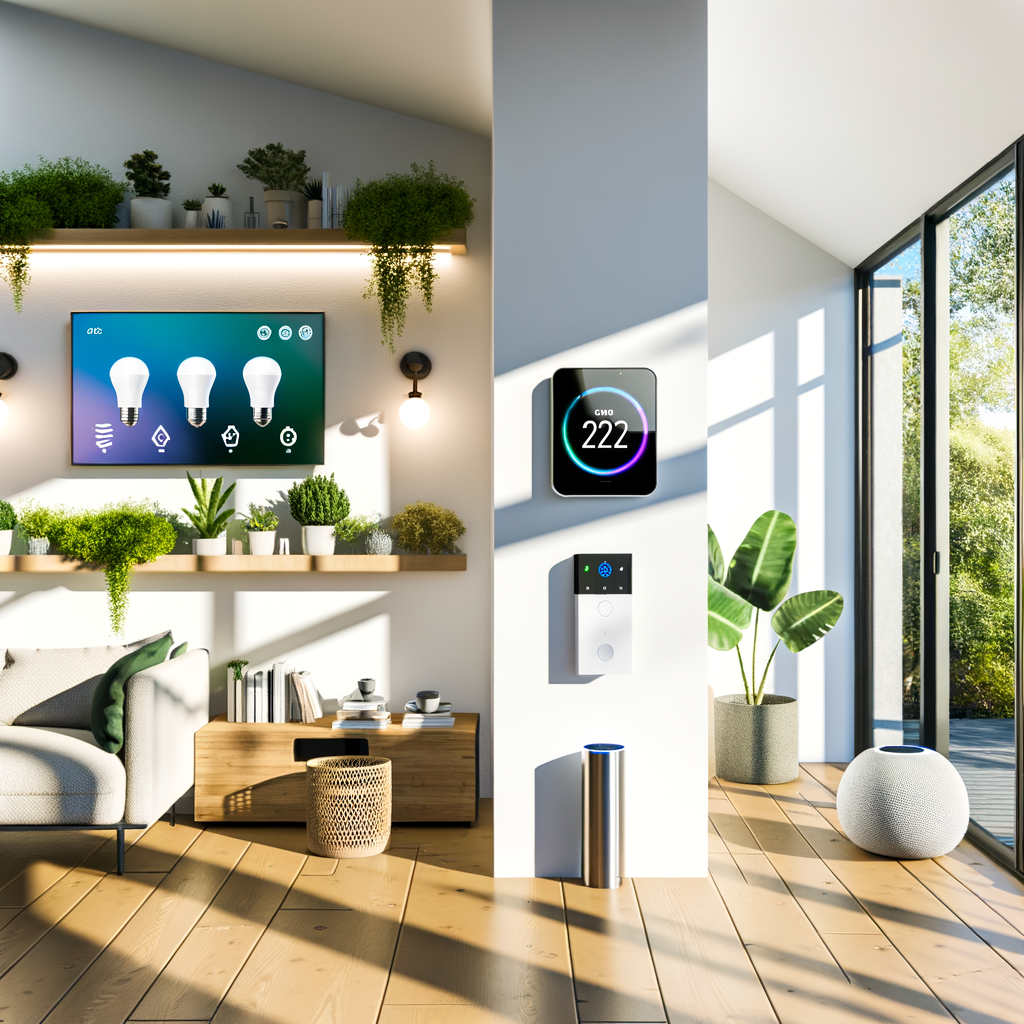How to Build a Smarter, Greener Rental: 5 Easy Smart Home Upgrades That Save Energy and Money
Eco-conscious living doesn’t have to wait until you buy your own home. With affordable and renter-friendly smart home upgrades, you can transform your rental into a greener, smarter space—saving energy and money along the way. This guide explores five easy, impactful upgrades any renter can install with minimal hassle, empowering you to cut utility costs and lessen your environmental footprint.
Why Smart Upgrades Matter for Renters
If you rent, you might think your options for tech and eco-friendly improvements are limited. But today’s smart devices are more accessible, user-friendly, and reversible than ever. These changes don’t require remodeling or rewiring—making them perfect for apartments, condos, or rental homes.
- Low effort, high impact: Most upgrades take less than an hour to install and can be moved when you relocate.
- Significant savings: Many pay for themselves in the first year through energy savings.
- Convenience: Control your home’s climate, lights, and devices right from your smartphone.
- Better for the planet: Less wasted energy means a smaller carbon footprint.
1. Install a Smart Thermostat
Why It Matters
Heating and cooling can account for nearly half your energy bill. A smart thermostat learns your habits, adjusts itself automatically, and lets you set schedules or control temperature from your phone. While not all apartments allow permanent installation, several models are specifically made for renters.
Benefits
- Automated energy savings: Programs itself based on your routine.
- Remote control: Never waste energy heating or cooling an empty apartment.
- Usage reports: Track your consumption and optimize over time.
How to Do It as a Renter
- Ask your landlord for permission. Many prefer smart thermostats because they can increase property value.
- Seek models with simple installation, such as Google Nest Thermostat or Emerson Sensi, which often require no rewiring.
- If you can’t change out the thermostat, try smart radiator valves or portable AC controllers.
- Be sure to keep the old thermostat and reinstall it before moving out.
2. Switch to Smart LED Lighting
Why It Matters
Lighting makes up around 10-12% of energy use in an average rental. Smart bulbs use up to 80% less energy than incandescents, last for years, and can be controlled with your phone, voice, or automations.
Benefits
- Energy Efficient: LED bulbs sip power compared to their older counterparts.
- Customizable: Set schedules, dim lights, or choose from millions of colors.
- No wiring needed: Simply swap bulbs—completely non-destructive.
How to Do It as a Renter
- Pick standard base (E26/E27) smart LED bulbs like Philips Hue or Wyze Bulb for lamps and sockets.
- Use smart light strips for under-cabinet or accent lighting—easy to remove without residue.
- Set up routines for when you wake up, leave for work, or go to bed.
- Pack the bulbs with you when you move—no investment lost!
3. Upgrade to Smart Plugs
Why It Matters
“Vampire” energy—caused by electronics left plugged in—can account for 5-10% of your electricity bill. Smart plugs let you control anything you plug in, from fans and lamps to kitchen gadgets, cutting off power when devices are not in use.
Benefits
- Automated power saving: Schedule or remotely turn off appliances.
- No tools or permission needed: Plugs slip right into wall sockets.
- Monitor energy use: Some smart plugs track real-time consumption.
How to Do It as a Renter
- Choose Wi-Fi enabled plugs such as Kasa Smart Plug or Amazon Smart Plug.
- Plug in energy-drainers like TVs, coffee makers, or game consoles.
- Set device schedules—never leave appliances running by accident.
4. Install Smart Shades or Window Sensors
Why It Matters
Did you know that windows can account for up to 30% of heating and cooling losses? Smart shades and window sensors help reduce these losses by optimizing natural light and reminding you to close windows when temperatures spike or drop.
Benefits
- Energy savings: Automated shades can lower heat gain in summer or keep warmth in during winter.
- Comfort: Reduce glare and keep rooms at optimal brightness.
- Easy installation: Many renters can use adhesive mounts or tension rods—no drilling.
How to Do It as a Renter
- Try balance-adjustable tension rods for blackout curtains or smart shades.
- Look for stick-on window sensors that work with Alexa, Google Home, or Apple HomeKit to alert you when windows are open.
- Choose wireless smart blinds like IKEA FYRTUR for remote or automated shade control.
- Take your investment when you move and avoid permanent changes to the rental.
5. Track and Automate with a Smart Home Hub
Why It Matters
Smart home hubs tie all your devices together, making automations easy and maximizing your eco-friendly efforts. With a hub (like Amazon Echo or Google Nest Hub), you can create “energy saving routines”—at the tap of a button or voice command.
Benefits
- Centralized control: Manage all your devices in one app or with your voice.
- Powerful automations: Set all lights to turn off when you leave, or adjust thermostat when you get home.
- Easy to add/remove devices: Perfect for renters who may move or want to expand over time.
How to Do It as a Renter
- Start with a compact hub (smart speakers with built-in voice assistants count).
- Link your smart lights, plugs, thermostat, and window sensors for seamless automations.
- Set up routines like “Away Mode” to minimize energy waste.
- Remove your hub and all paired devices when your lease ends—leaving no trace.
Bonus Tips for Renters: Maximizing Your Eco Savings
- Communicate with your landlord: Let them know about smart upgrades—they might even offer to help with costs!
- Choose portable devices: Anything that plugs in or mounts with adhesive means no hassle at move-out.
- Reuse skillfully: All the devices above can be set up again in your next rental.
- Get creative: Pair smart tech with simple strategies—draft blockers, LED nightlights, and unplugged chargers all support greener living.
Frequently Asked Questions
Do I need my landlord’s permission?
For most plug-in or adhesive-mounted devices, you don’t need permission. For thermostat swaps or anything requiring wiring changes, it’s best to ask your landlord first. Many are open to energy-saving improvements!
Are smart home devices safe for my privacy?
Look for devices from reputable brands that offer encrypted connections and clear privacy policies. Use strong passwords and update firmware regularly to protect your data.




